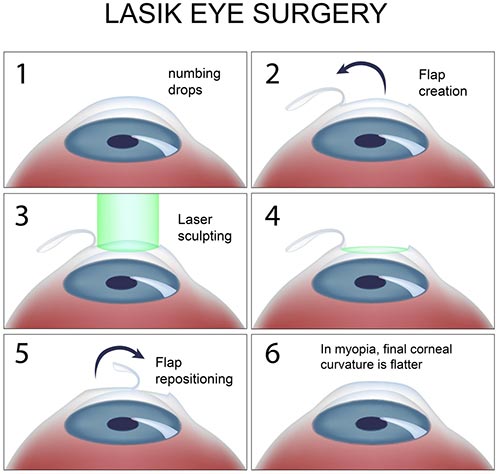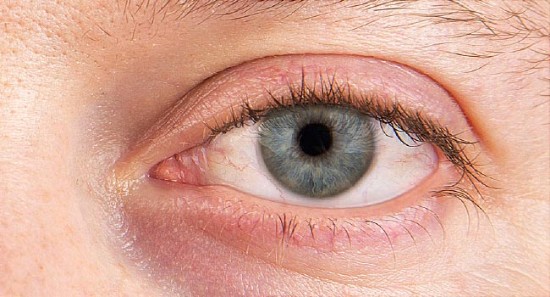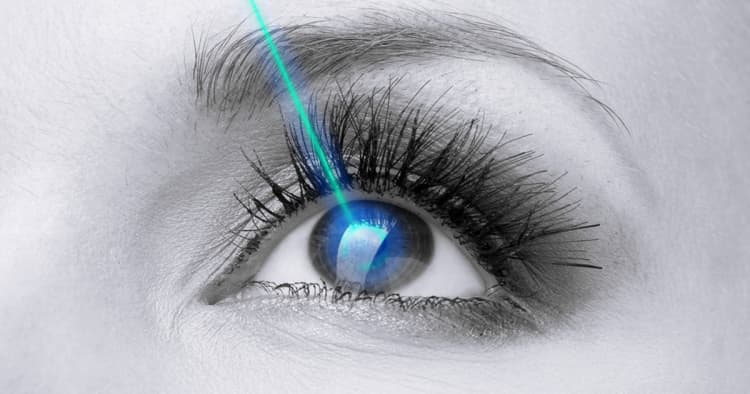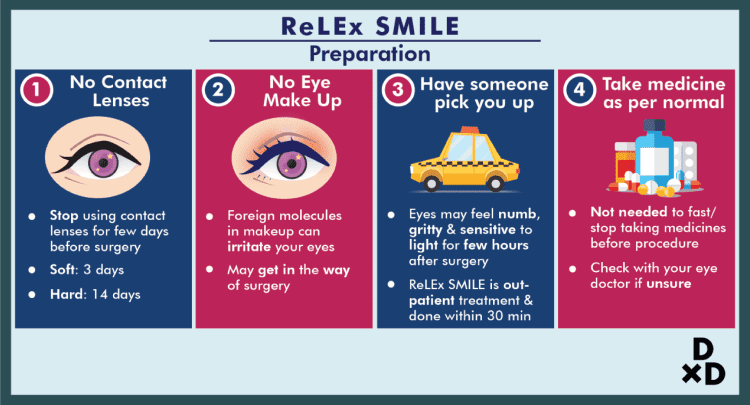Choosing to correct myopia in Singapore through laser vision correction is a major decision in your life.
You may have family and friends who have undergone the life-changing procedure and thereafter, raved about how amazing it was. The visual freedom and practicality for daily activities that you can acquire from a laser vision correction procedure are not to be understated.
Despite its popularity, many questions, falsehoods, and myths about laser vision correction still linger with regards to LASIK in Singapore.
As an ophthalmologist in Singapore with a special interest and many years of experience in laser vision correction, I would like to bust some common misconceptions about LASIK that I often encounter.
Below are the top five myths I've heard in Singapore, and why they aren’t quite correct:
Myth 1: LASIK equals modern laser vision correction

A decade ago, LASIK was the most popular option for laser vision correction.
However, with advancements in technology and medicine, laser vision correction is no longer synonymous with the LASIK procedure.
Rather, options for modern laser vision correction now include a group of laser-based procedures that can be used to treat myopia (shortsightedness), astigmatism (“san guang” in Mandarin Pinyin), hyperopia (farsightedness), and presbyopia (“lao hua” in Mandarin Pinyin).
To better understand modern laser vision correction procedures, we can classify them into two main categories:
1. Corneal Flap-based Procedures (LASIK)
LASIK:
- Can be simply described as a “cut, flap and zap” procedure
- An external corneal flap is cut using either a blade or a femtosecond laser
- The flap is lifted up
- An excimer laser is used as a second stage laser to reshape the cornea curvature
- The cornea flap is re-positioned back
ReLEx SMILE:
- An internal flap known as a ‘lenticule’ is cut within the cornea body using a femtosecond laser
- An additional small cut is made on the side of the cornea to remove the lenticule from the eye
- The front cornea will then collapse into the empty space created, reshaping the cornea curvature and correcting the refractive power
2. Advanced Surface Ablation (ASA) Methods (PRK, LASEK, epiLASIK, and TransPRK)
- Advanced Surface Ablation (ASA) such as PRK, LASEK, epiLASIK, and TransPRK are no cornea cut flap procedures
- A single Excimer laser is used to reshape the cornea curvature from the front
- How the ASA procedures differ is in how the surface cornea epithelium cells are removed prior to the reshaping of the cornea curvature
- A transparent high-oxygen permeability contact lens is then placed over the treated surface to promote corneal healing
- It is removed 4-5 days later after the epithelium cells have regenerated
Myth #2: Laser vision correction causes dry eyes

Doctors now understand better about the causes of dry eyes after laser vision correction.
With modern laser vision correction, the risk of having dry eyes has been reduced meaningfully by varying the direction of the cut flap, depth of the cut flap or even by not cutting a cornea flap at all!
In terms of the risk having dry eyes, LASIK has the highest risk, followed by ReLEx SMILE because of the cutting of the cornea flaps.
With Advanced Surface Ablation (ASA) procedures, the risk of dry eye complaints following ASA is very low as the cornea nerve endings are not cut because there is no cut cornea flap.
Myth #3: Laser vision correction is painful
I am often asked: “Is the surgery painful?”
The simple answer is NO! With advances in medical technology and medications, laser vision correction procedures are highly safe, efficacious, and painless.
Modern laser vision correction procedures are done under simple numbing eye drops. Numbing anaesthetic eyedrops are instilled into your eyes just prior to the surgery. You can rest assured that you will not feel any pain.
After the anaesthesia wears off, you might feel a slight discomfort often described as 'scratchy and watery'. However, this is only a temporary complaint and does not pose a problem for most patients.
Myth #4: Laser vision correction is risky and will cause blindness

Modern laser vision correction is a very low-risk procedure.
For cornea flap-based procedures such as LASIK, the main risk concerns have to do with flap-related complications. In the hands of an experienced doctor, the risk is usually less than 1%.
With ASA procedures, the main risk concern is cornea hazing but this risk has been very much reduced with the application of anti-haze mitomycin eyedrops intra-operatively. Strict avoidance
of sunlight exposure is necessary as well in the first few weeks after surgery.
Infection is a possibility after any operation but the risk of this happening with modern laser vision correction is one in five thousand eyes (you only have two).
Myth #5: Different eye procedures will have the same outcome.
Presently, there are two main categories of laser vision correction procedures to choose from, namely:
1. Corneal flap-based procedures such as LASIK
2. Advanced Surface Ablation (ASA) methods such as PRK, LASEK, Epi-LASIK, and TransPRK
- For those who are risk-averse and want to avoid cut cornea flap complications, you should consider choosing Advanced Surface Ablation (ASA) methods as your procedure of choice as there is no cut cornea flap.
- If you are concerned about post-procedure dry eyes, then ASA methods have the lowest possibility of causing dry eyes as there tends to be a fewer number of cornea nerve endings that are damaged.
- If you are into active rugged sports and in particular contact sports, then ASA should be your procedure of choice.
- For those with thin corneas or high myopia and astigmatism power, ASA methods supplemented with corneal collagen cross-linking treatment is a good option.
You need to be aware that for ASA procedures, you need to strictly avoid exposure to ultra-violet sunlight rays post-procedure for the first few weeks to avoid complications in your treatment such as cornea haze.
In other words, dark sunglasses must always be worn when out in the sun and outdoor sports played only in the early morning hours or late evening hours when the sun rays is not strong.
With ASA procedures, you must also be prepared for slightly more post-operative discomfort and blurry vision for the first few days. Hence, more medical leave is needed for post-operative recovery, which is usually four to five days.
Also, whilst you will feel comfortable and see well enough to go back to work after four to five days, full visual recovery to perfect vision will take longer than cornea flap-based procedures. It may take up to three months or even more, depending on the severity of the eye power corrected.
Do your research
I hope that this article has helped you to gain a better understanding of laser vision correction and cleared any doubts which you might have. If you wish to get started on this journey towards clear vision, you should do your own research and ask your friends and relatives who have gone for the procedure for eye clinic and eye doctor recommendations.
Choose the clinic and eye surgeon that you are comfortable with and schedule an evaluation to determine if you are a suitable candidate for the surgery. I wish you all good results and a lifetime of clear vision!
Dr Tony Ho is a senior consultant eye surgeon with special interests in cataract and refractive surgery, childhood myopia control and retinal diseases. He is an elected Fellow of the American Academy of Ophthalmology and recipient of the prestigious Singapore Public Service Commission Merit Scholarship. Dr Ho completed his medical degree and eye specialist training in Singapore.










